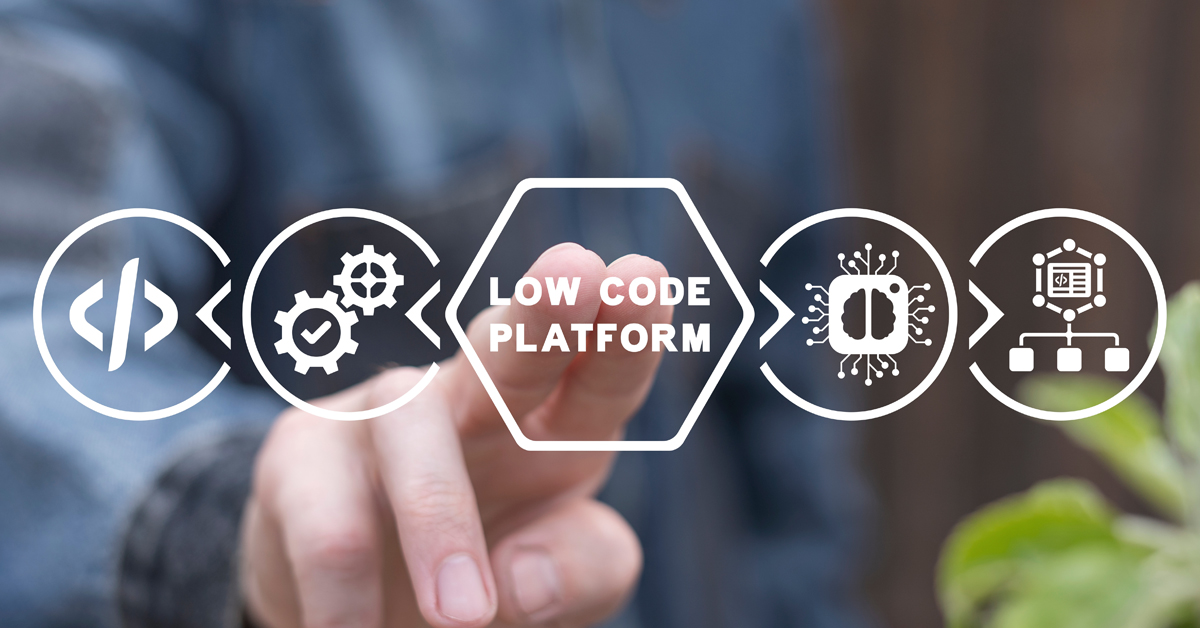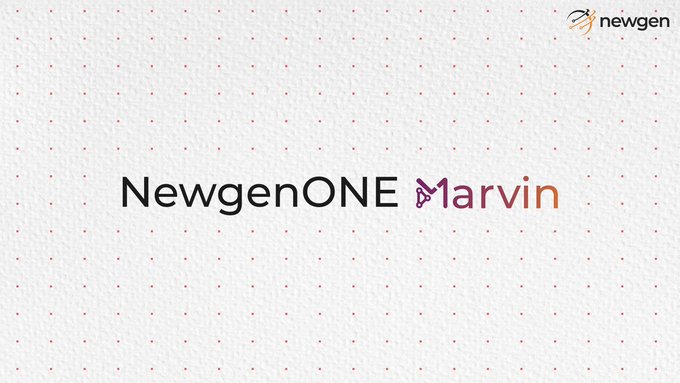Imagine a scenario where your accounts department sends an invoice to your customer with a wrong address or a missing invoice number. May sound like minor glitches, but the impact could be major. It will delay the payment while leaving a dent on your goodwill. Last thing on your wish list. Right?
Well, any transactional delay in the processing of invoices hampers the production cycle, leading to revenue loss. And, when there are multiple offices of the same entity in different locations, efficient management of invoices becomes even more critical. In such cases, the invoicing users struggle to keep pace with the high volume of transactions. And, eventually, the leadership team starts facing difficulties due to lack of transparency in the process.
In order to avoid being impacted by a slow and opaque process, a reality check of the process becomes extremely important. Ask yourself:
- Do you face difficulty in verifying invoices with corresponding documents in real-time?
- Does it get difficult to manage mismatched data across purchase orders, invoices, and goods receipt notes?
- Do you seek swift and efficient management of exceptions while processing invoices?
- Do you often miss out on early payment discounts?
- Do you get hit by late payment penalties?
If yes, it’s time for you to act before it’s too late! You must optimize the end-to-end lifecycle of invoices and streamline cash flow management to ensure timely vendor payments and smooth day-to-day operations.
Automation (the right kind) is important!
To go by one of the findings, depending on an organization’s size and type, it takes an average of 7 days to process a single invoice and may go up to 17 days. The time taken to process an invoice has direct implications on the cost of operations, the productivity of the employees and the straight through processing ratio. These are integral key performance indexes while managing the process. Therefore, automation (the right kind) is important. Soon when you’ll begin evaluating solutions, you’ll come across two neatly divided types of vendors:
- Point solution providers, who would offer you a plug and play solutions to solve your specific business requirements.
- Platform-based solution providers, who would have your end-to-end enterprise-wide requirements covered.
Out of the two, I undoubtedly prefer platform-based solution. Let’s see why:
- Point Solutions: Point solution, to you, may seem to be the quick and easy fix for a business need which is, in this case, invoice processing. But, if you look at the bigger picture, invoice processing is a part of a larger function i.e. procure-to-pay (P2P). And, P2P encompasses various other functions, including purchasing, supplier management, contract management, and others. Therefore, despite being a champion in one specific area, a point solution lacks flexibility and fails to drive agility in an organization. Not only that, the change management poses difficulties and in most of cases, there’s no scope for users to make alterations – all because of the predefined features set of these business solutions.
- Platform-based Solution: Platform-based solution, on the other hand, helps develop multiple applications in a low-code environment using a single platform. This platform empowers organizations to automate simple department functions to complex enterprise-wide solutions. Based on the drag and drop model of the platform, your users can easily design processes based on requirements and manage business activities in a seamless manner.
Invoice management solution built on a business process management (BPM) solution comprised of configurable components like the rules engine and workflows that will help run invoicing management – your way! Leveraging the BPM solution, you’ll have a single source of record, ensuring every invoicing transaction is tracked and audited in a timely, relevant and accurate manner. The use of multiple systems and applications, over time, results in data silos. BPM software will bridge these silos by connecting your organization’s people, systems, processes, and things. There will be seamless information flow, streamlined processes, and timely communications. Contrary to getting into a chaos of maintaining operations across multiple entities, BPM solutions will scale up easily in terms of geographic expansion or in terms of internal department inclusion. In addition, you’ll be able to leverage the integration between legacy systems and other disparate applications, without having to overhaul the entire system. There will be high visibility of data across the purchase to payment cycle and better operational control.
In short, a long-term solution is better than a short-term fix. With BPM platform, you’ll be able to achieve service excellence in invoice processing and minimize process cycle times to less than a day.







